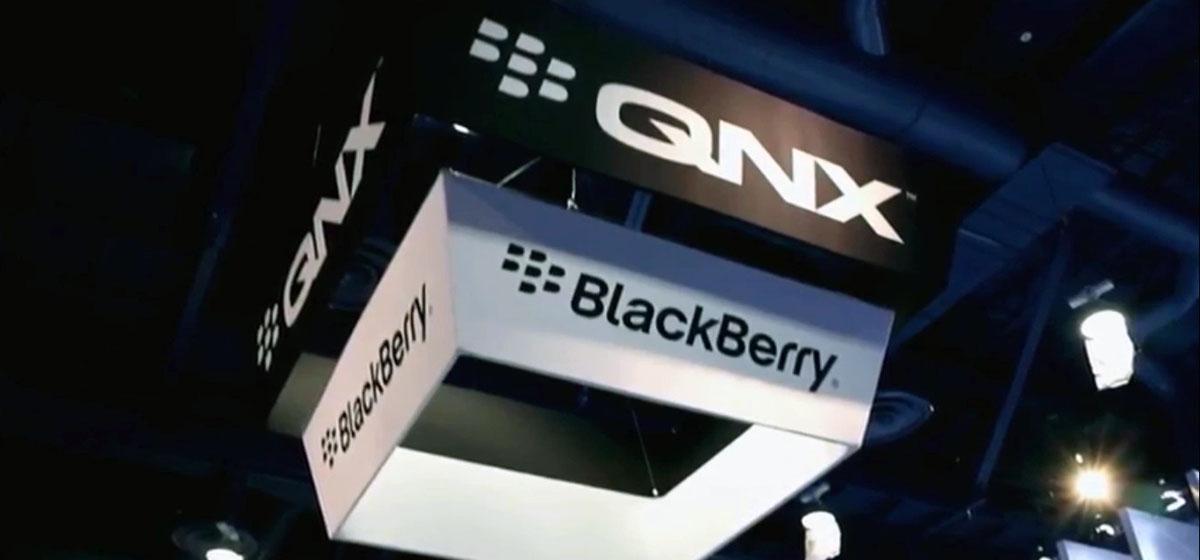BlackBerry has launched QNX OS for Safety 2.2, a new release of the safety-certified operating system that OEMs and other embedded software suppliers can use to build safety-critical systems, accelerating development timelines and reducing the cost of moving projects from research to production.
Based on the QNX Neutrino Real-time Operating System (RTOS), the QNX OS for Safety 2.2 has been certified by the independent auditors at TÜV Rheinland to IEC 61508 SIL3 (industrial), ISO 26262 ASIL D (automotive), and IEC 62304 Class C (medical devices) functional safety standards.
The product also includes C and C++ toolchains qualified to ISO 26262, IEC 61508 TCL3 and T3 requirements. The BlackBerry QNX functional safety product portfolio now includes a safety certified C++ runtime library to complement the OS product offering.
Select Tier 1 automotive suppliers are currently utilizing QNX OS for Safety 2.2 in their development of next generation automotive technology.
“From autonomous vehicles to aerospace, medical devices to military applications, regardless of the industry, the common challenge facing embedded software developers is ensuring safety, security and reliability. With its pre-certified toolchains and libraries, QNX OS for Safety 2.2 streamlines development and certification of safety-critical systems, providing peace of mind to developers,” said Grant Courville, Vice President, Products and Strategy at BlackBerry QNX.
“Obtaining the highest functional safety standard certification for industrial, automotive and now, medical devices further affirms our leadership as a provider of software for safety-critical systems and we’re confident that it will be well-received by embedded developers looking to turbocharge their innovation.”
BlackBerry QNX has a broad portfolio of functional safety-certified embedded software including the QNX OS for Safety, the QNX Hypervisor for Safety, and the QNX Black Channel Communications Technology.
“Most companies are facing problems related to the usage of non-qualified tool chains and software components. The qualification efforts for tool chains are often underestimated and the situation is even worse regarding software components, which will end up in the safety related target design. In most cases there is not only the impact on additional qualification activities. Software based workarounds are often used to mitigate the potential weaknesses of software components with an impact on microcontroller resources (memory, CPU load, etc.).
The usage of safety-certified tool chains and software components can solve these problems. Confidence in the correctness of Certificates is provided through the accreditation of TÜV Rheinland, which proves state-of-the-art qualification and assessment activities,” said Thomas Steffens, Regional Business Segment Manager of the Automation, Functional Safety & Cyber Security division of TÜV Rheinland Industrie Service GmbH.



